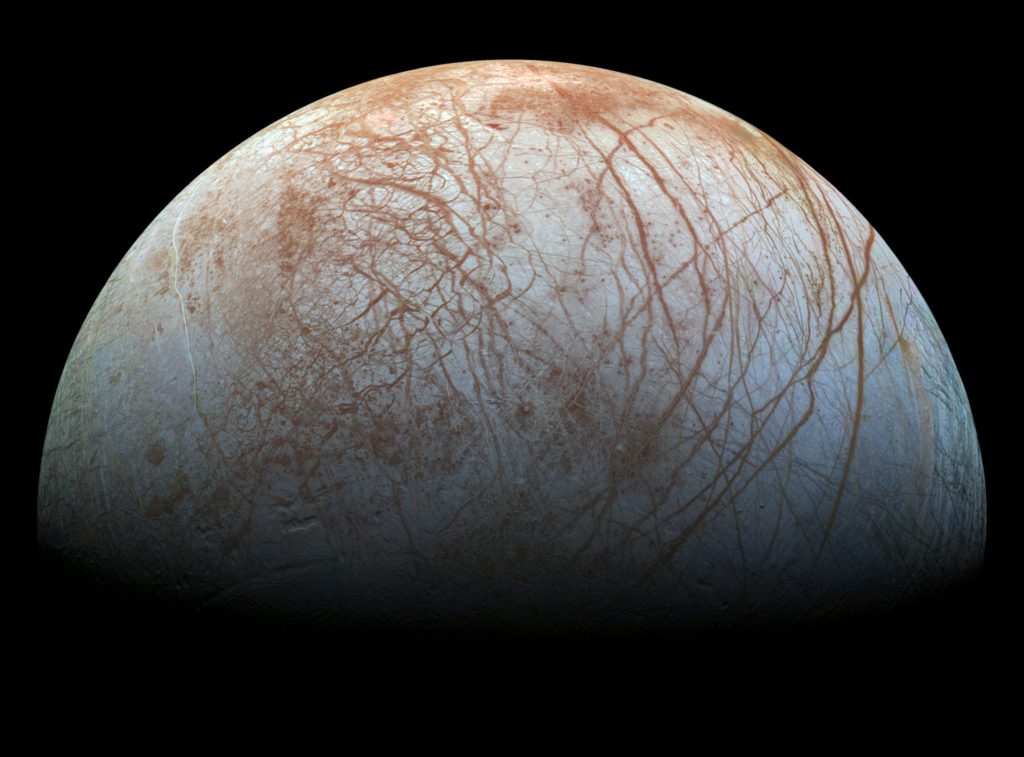
Kevin Trinh, a PhD student at Arizona State University, was awarded the Future Investigators in NASA Earth and Space Science and Technology (FINESST) grant earlier this month.
This award will give Trinh and his PhD advisor, Joe O’Rourke, an assistant professor at ASU’s School of Earth and Space Exploration, $135,000 over three years.
FINESST, established in 2019, supports graduate students in the field of Earth and space sciences whose research aligns with NASA’s objectives.
Over the last year, Trinh and O’Rourke have looked at the evolution of planets. Trinh’s research focuses more specifically on the structural and thermal evolution of Europa, one of Jupiter’s moons.
Trinh told his alma mater Bowdoin that Europa “has an ice shell that is much thicker than Antarctica, though the exact thickness of Europa’s ice shell is still an active area of research” and that “beneath the ice shell is a subsurface water ocean.”
“The ocean plus ice shell combined is probably over 100 kilometers. Beneath the hydrosphere is a silicate or rocky mantle and what we believe to be a metallic core. My goal is to model how Europa evolved over time,” Trinh continued.
Trinh plans to develop code to model geophysical aspects of Europa with the FINESST funding. The models should provide insights on how Europa has evolved over millions of years and could aid in the effort to detect lifeforms in its ocean.
“Another reason why Europa is very interesting is because it has very high astrobiological potential — it has lots of water, Earth-like temperature and pressure conditions at the seafloor, and salt,” Trinh told Bowdoin. “There might be life in Europa’s oceans, but until we actually get inside of the ocean, it’s going to be hard to know. So right now, we’re trying to figure out how habitable the ocean itself is.”
The NASA grant specifically funds Trinh’s Europa research, but he said his models could be applicable to other icy moons.
